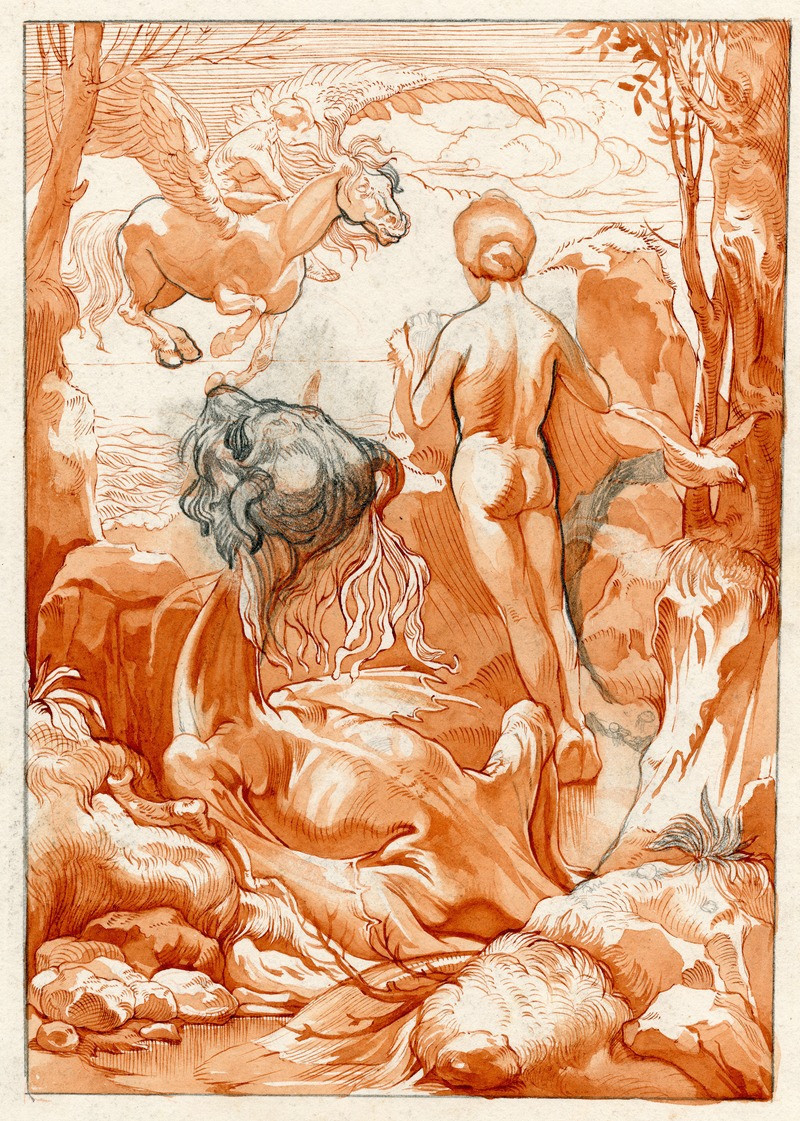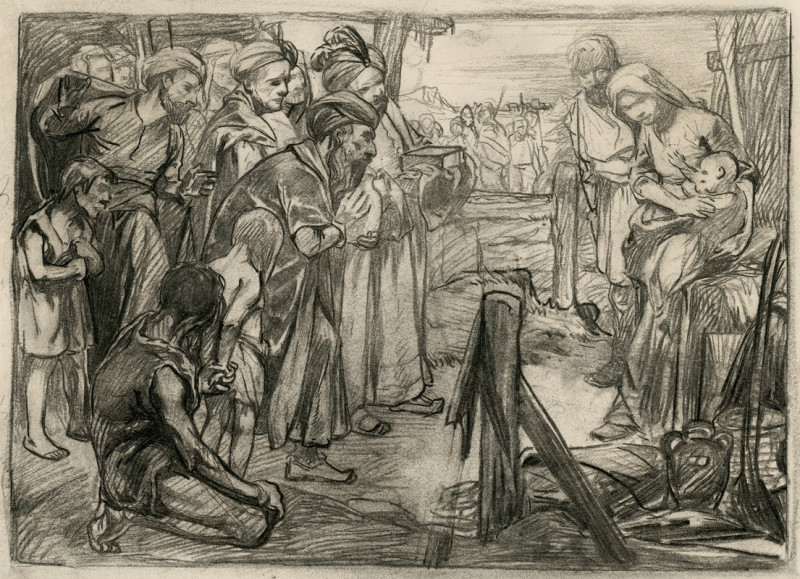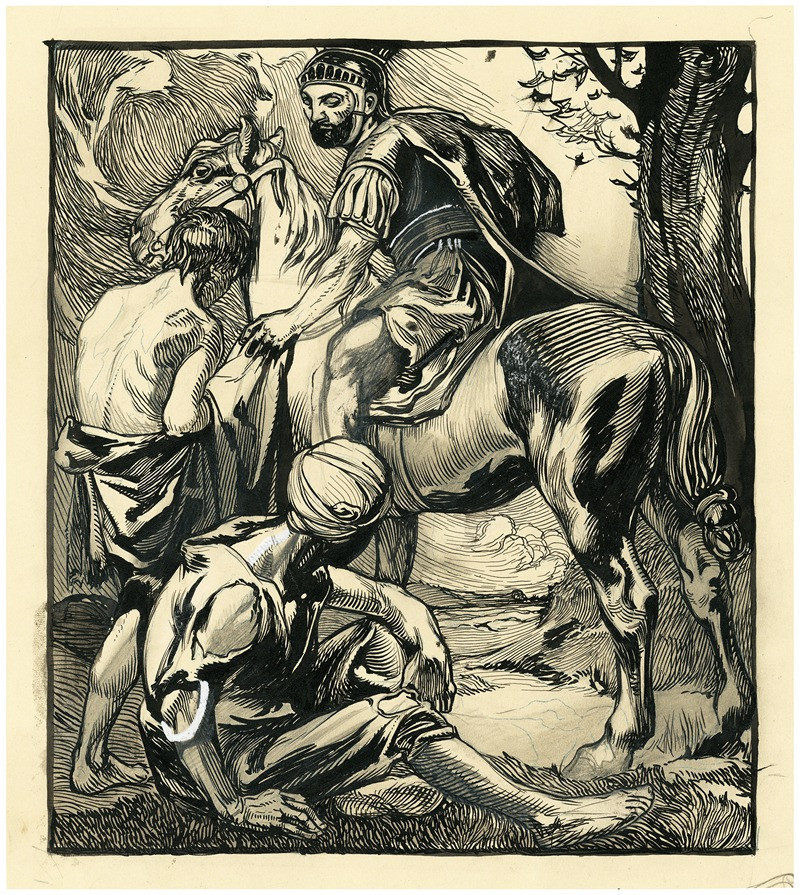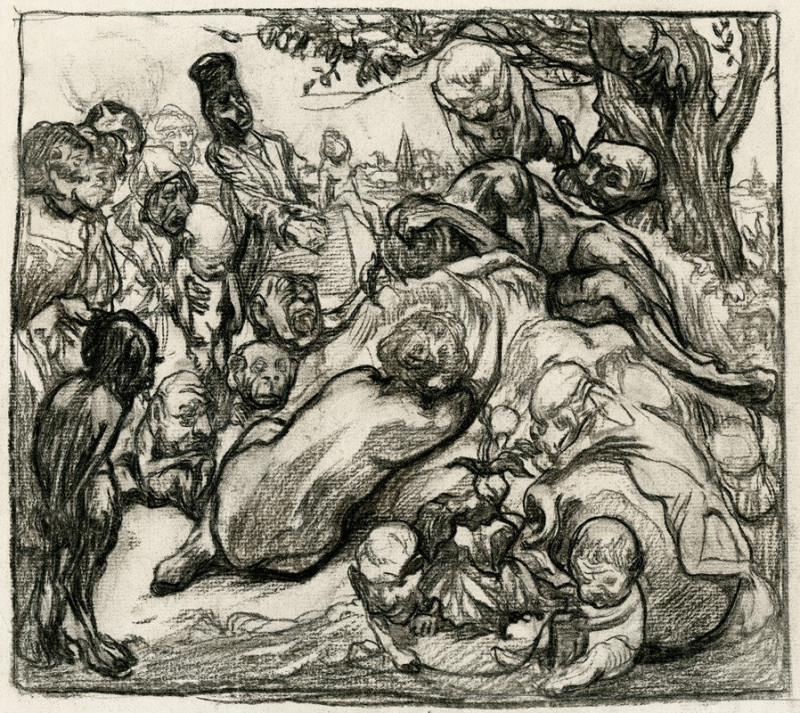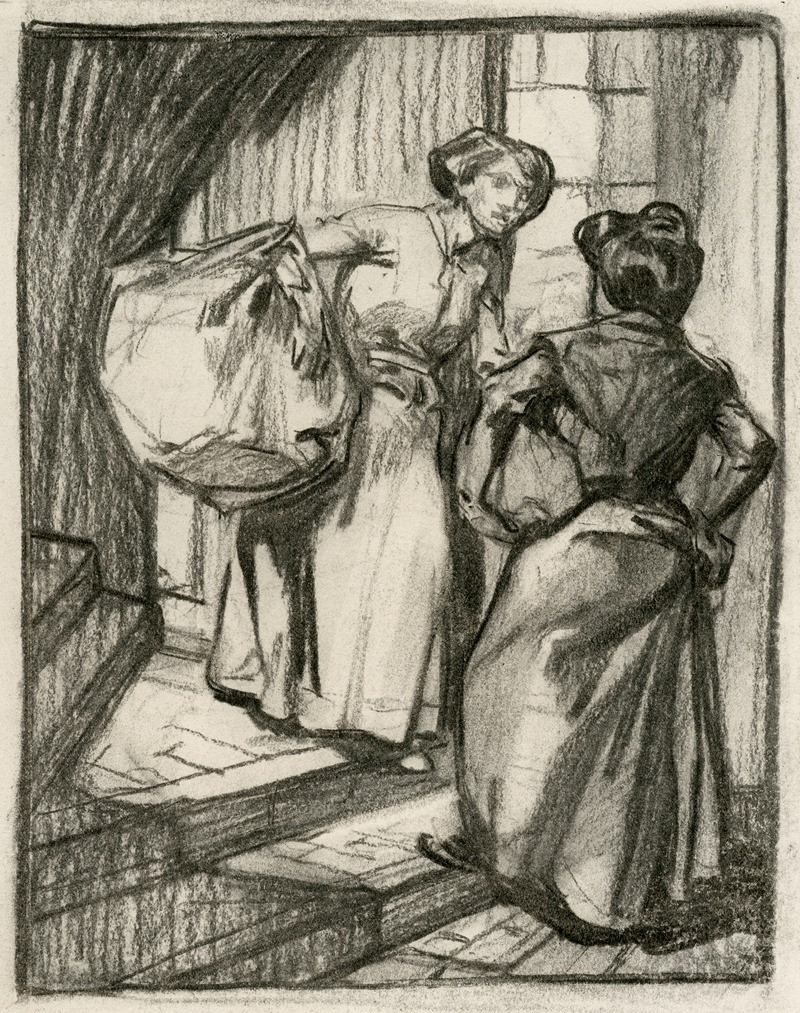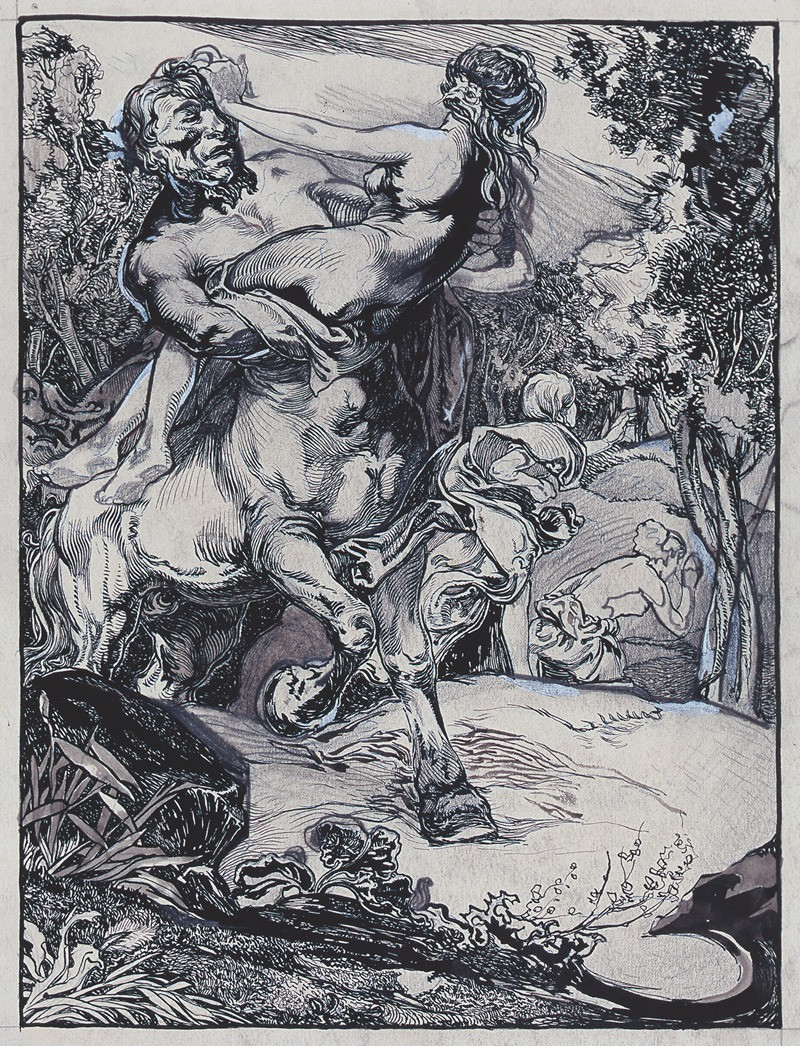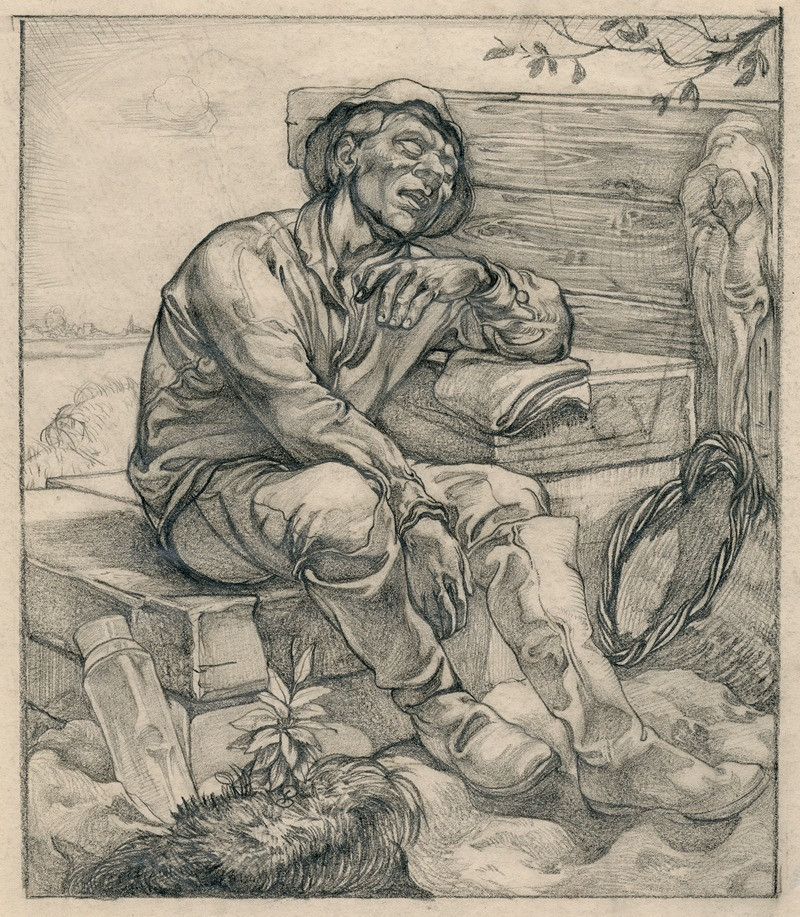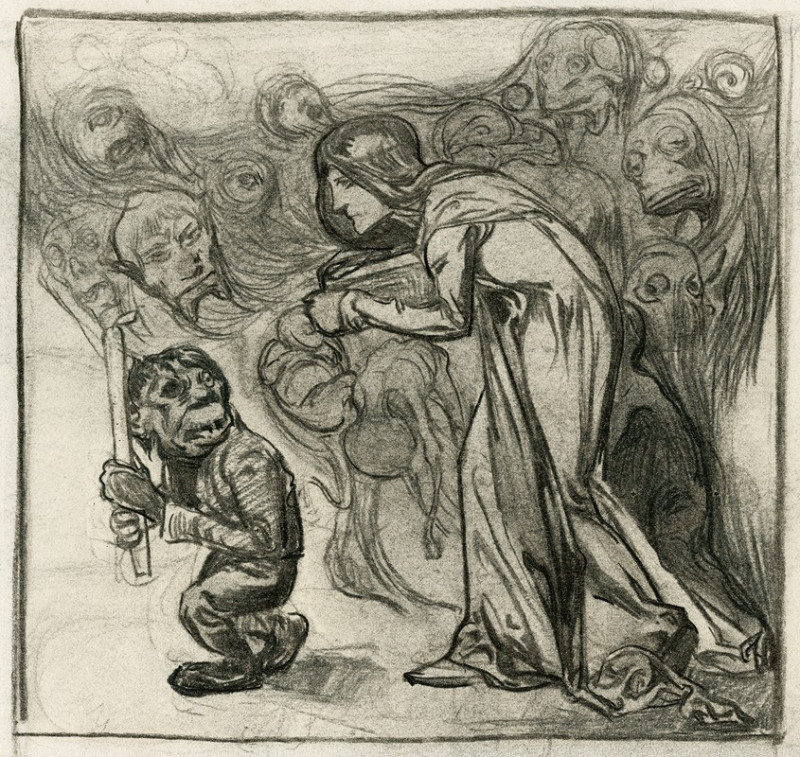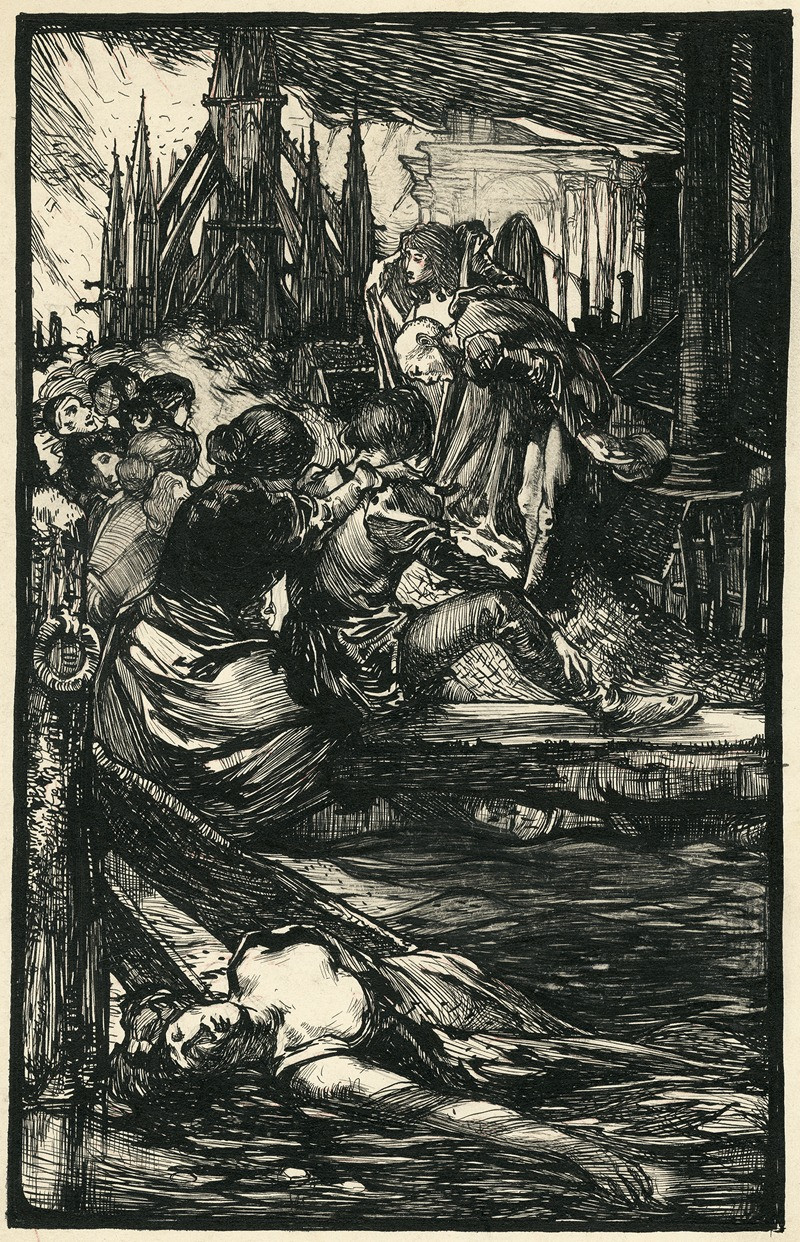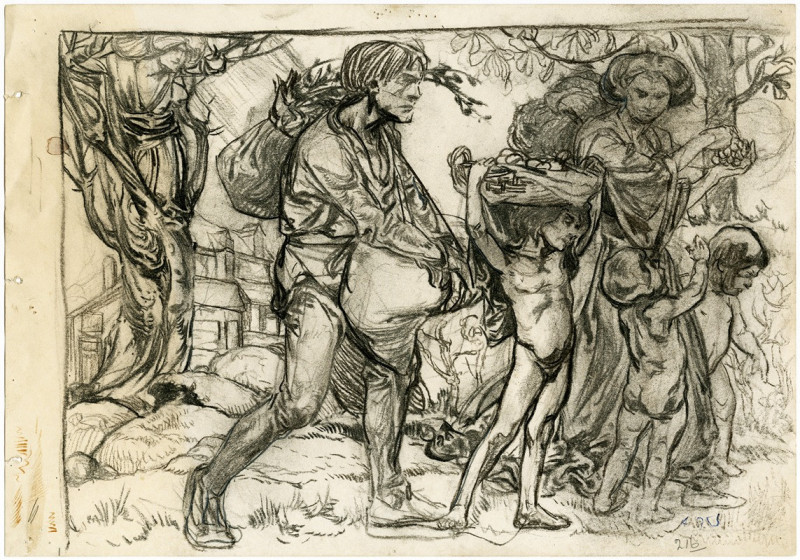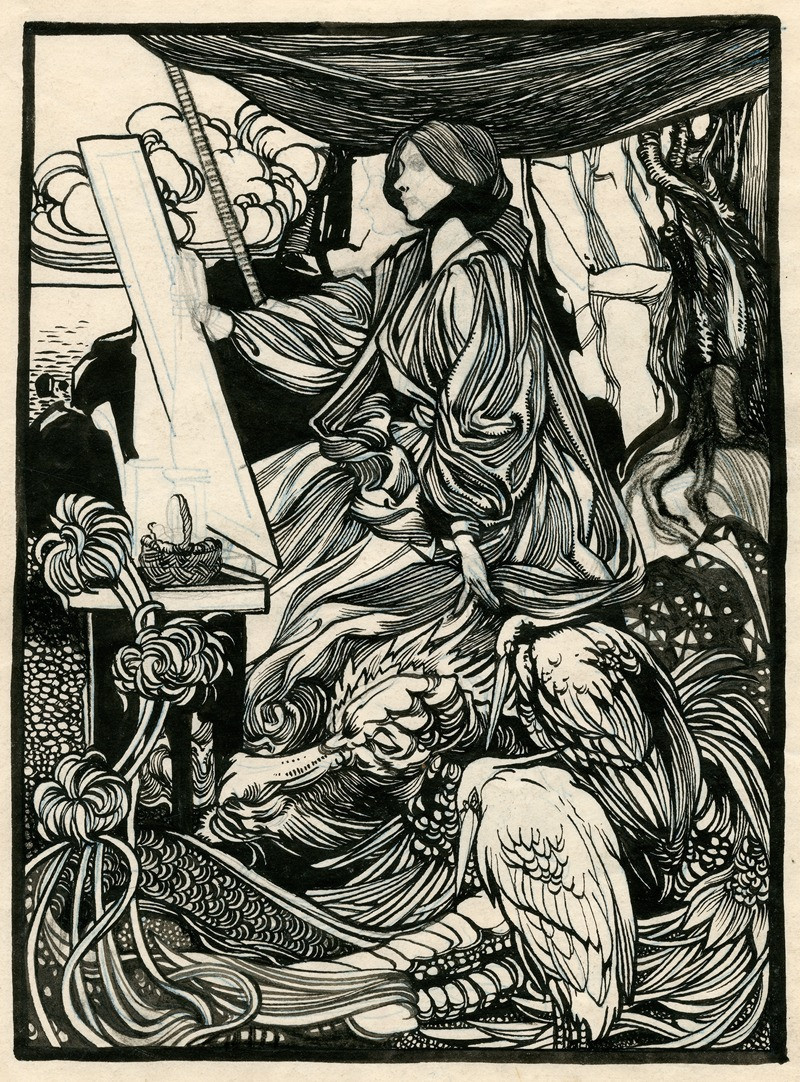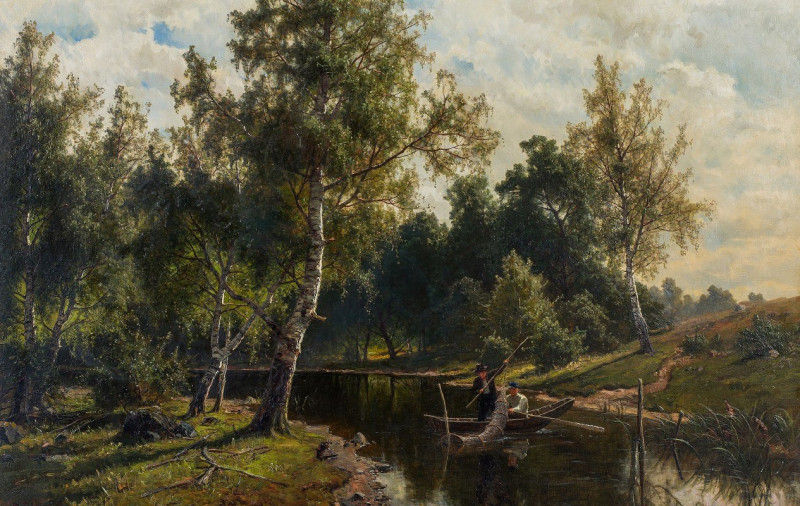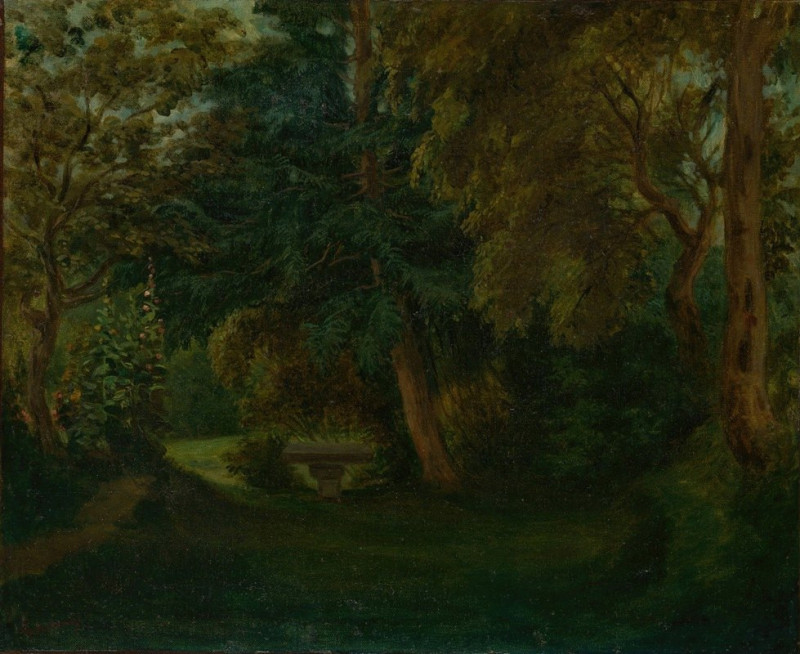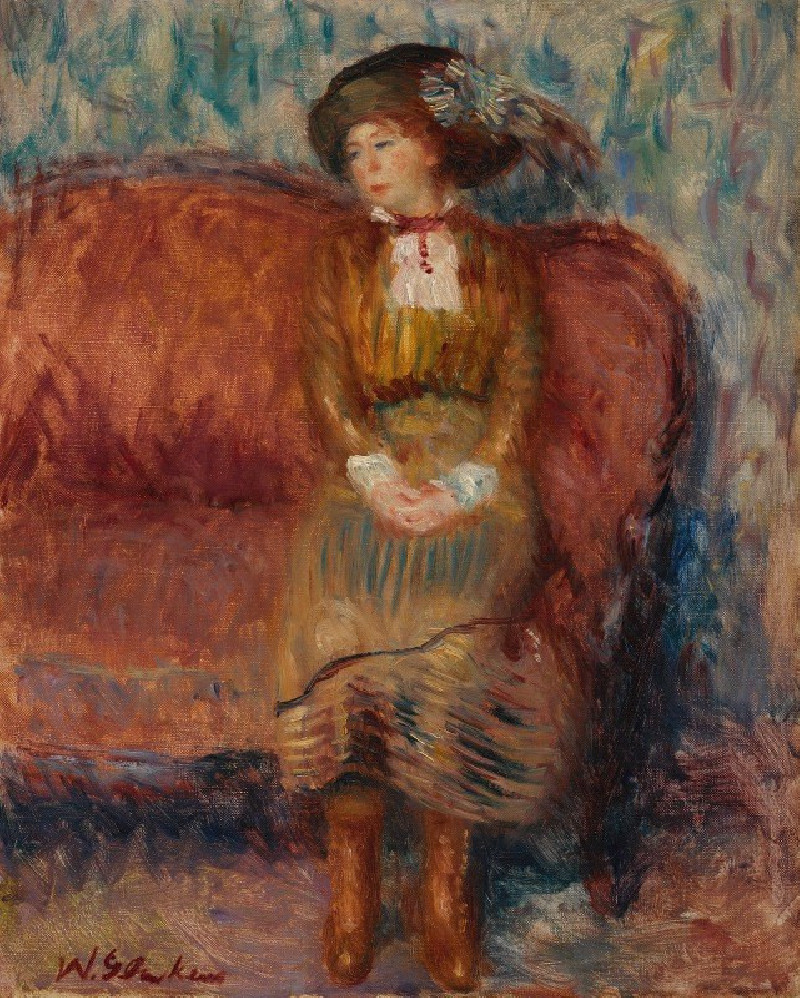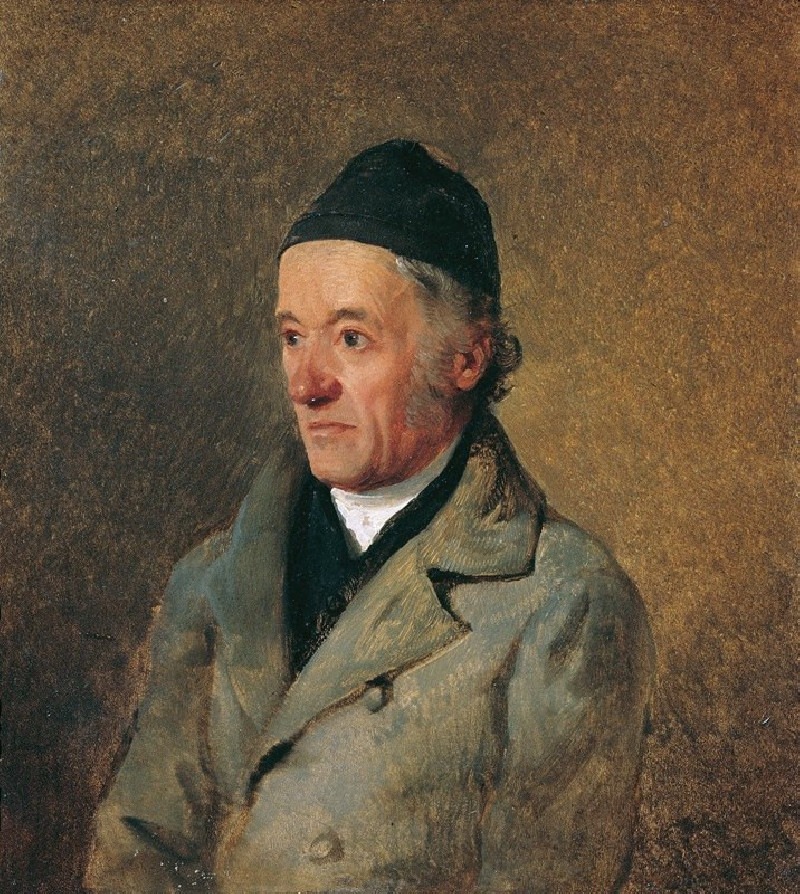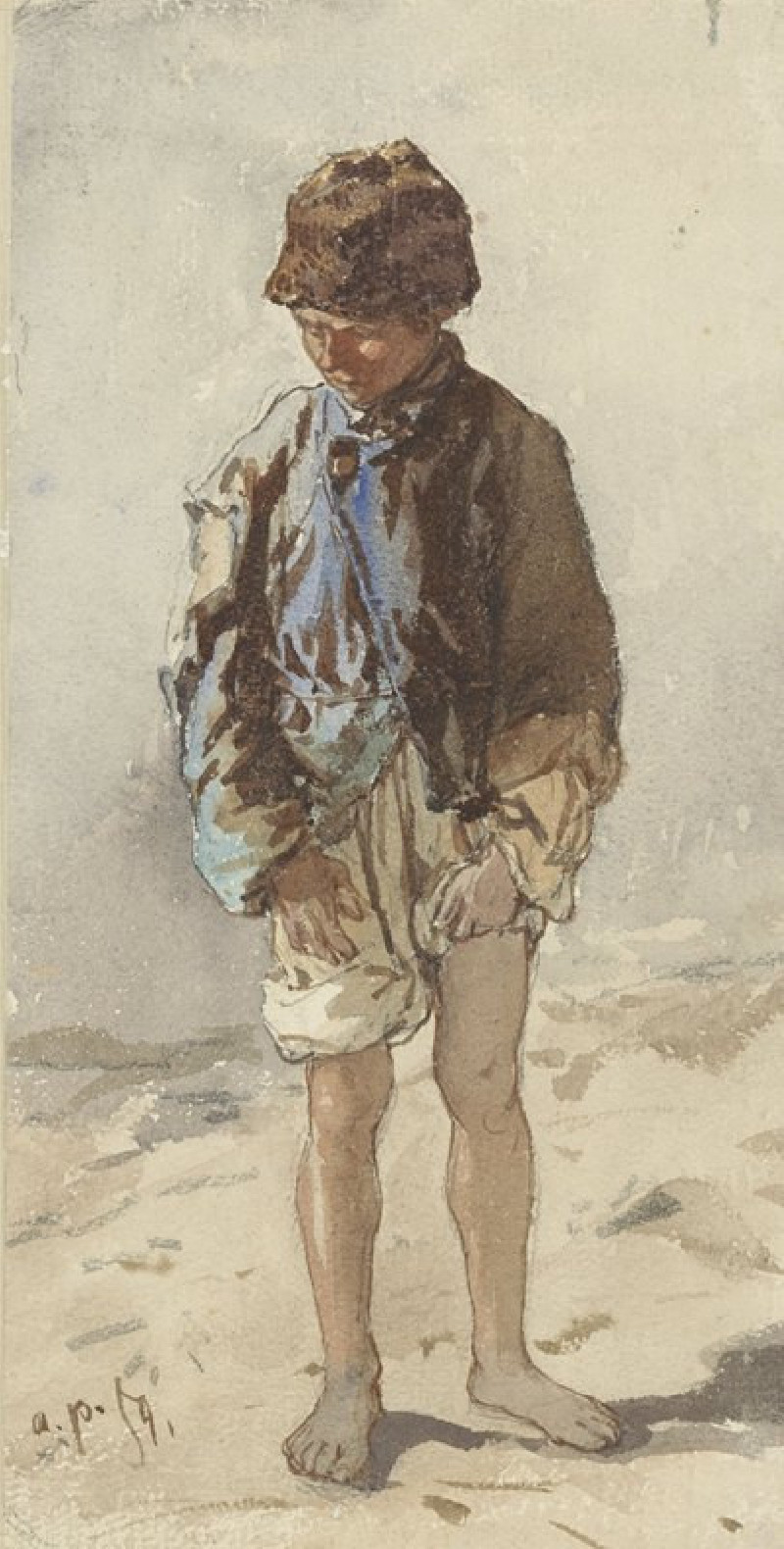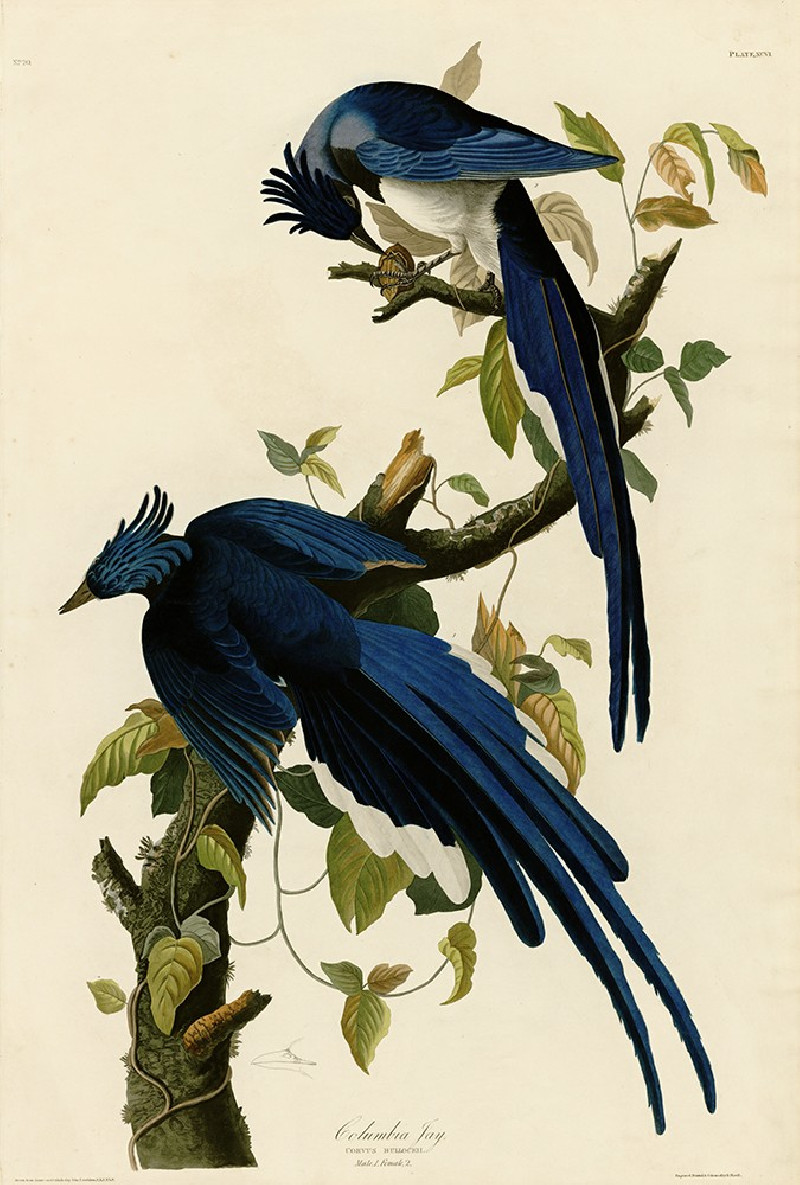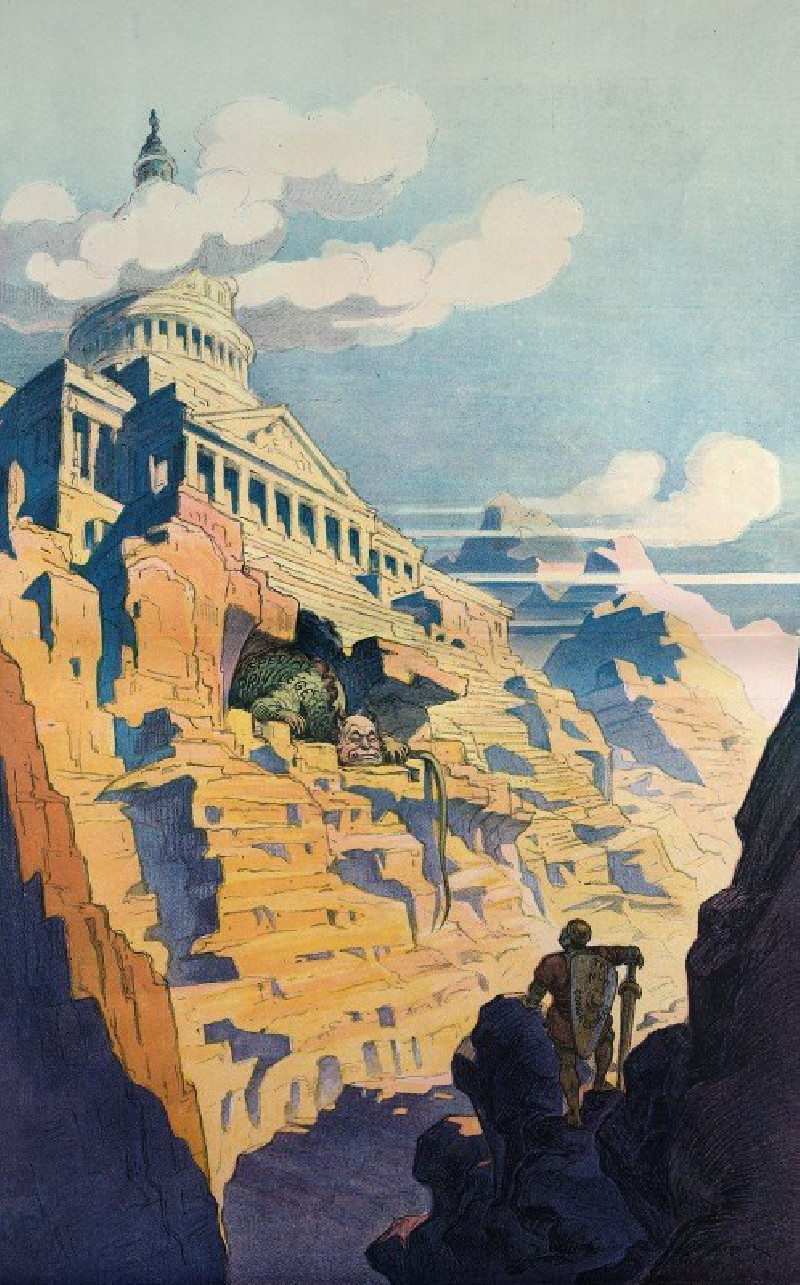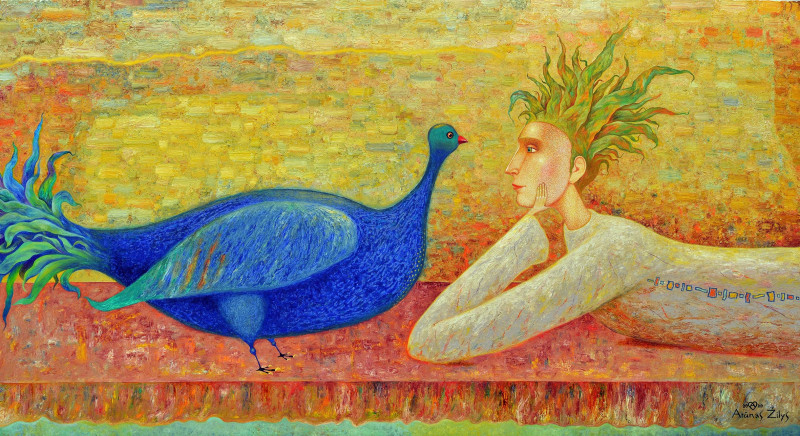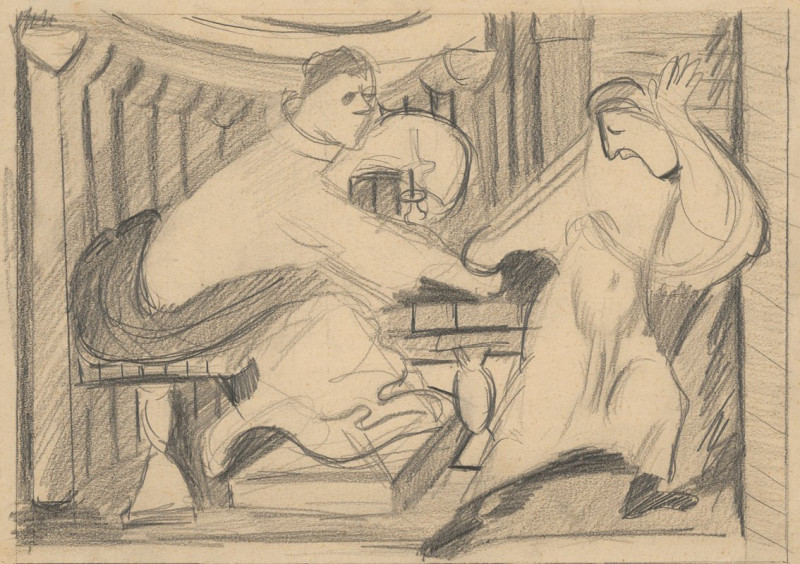Andromeda
Technique: Giclée quality print
Recommended by our customers
More about this artwork
Welcome to an exploration of Johannes Josephus Aarts's illustrious painting, "Andromeda." A vivid testament to Aarts's prowess in the realm of classical and mythical representation, this artwork highlights a critical scene from the ancient legend of Andromeda.The painting, steeped in a rich sepia-tone, depicts the dramatic moment of Andromeda's encounter with the mythical creatures that define her story. Central to the scene is Andromeda herself, represented as a delicate figure sitting vulnerably among the rocky terrain, her gaze cast downward in a poignant blend of resignation and despair. The form of her hair and drapery swirls around her, suggesting the turbulent emotions she faces at her impending doom.Surrounding Andromeda, the painting is alive with dynamic movement. At the upper left, a ferocious winged horse bursts onto the scene. Its eyes wide and nostrils flaring, the horse captures the raw intensity of the mythical elements of the story. Additionally, a mysterious, almost ghost-like figure is present in the foreground, observing Andromeda's plight with what could be interpreted as anticipation or sorrow.Aarts's use of monochromatic tones actually enhances the dramatic tension, as it draws attention to the textural details and the emotional intensity of the characters. Moreover, the rugged landscape and swirling lines of the composition add a sense of impending calamity, mirroring the chaotic forces at play in Andromeda's myth.This painting not only showcases Johannes Josephus Aarts's artistic mastery but also invites viewers into a deep contemplation of myth, emotion, and the eternal themes of human vulnerability and courage.
Delivery
Returns
Johannes Josephus Aarts was a Dutch painter, illustrator, lithographer, engraver, etcher, writer, academic teacher and director, lecturer, sculptor and book-cover designer.
Jan Aarts received training in the Royal Academy of Art, The Hague. He was active there until 1911, and in Amsterdam from 1911 to 1934. Initially, until around 1900, Aarts worked above all on engravings. Thereafter he began to also use other graphic methods. In his work, one found depictions of farmworkers, dyke workers and later also tramps, beggars and invalids. Between 1920 and 1930 he produced mostly visionary work with apocalyptic scenes.

